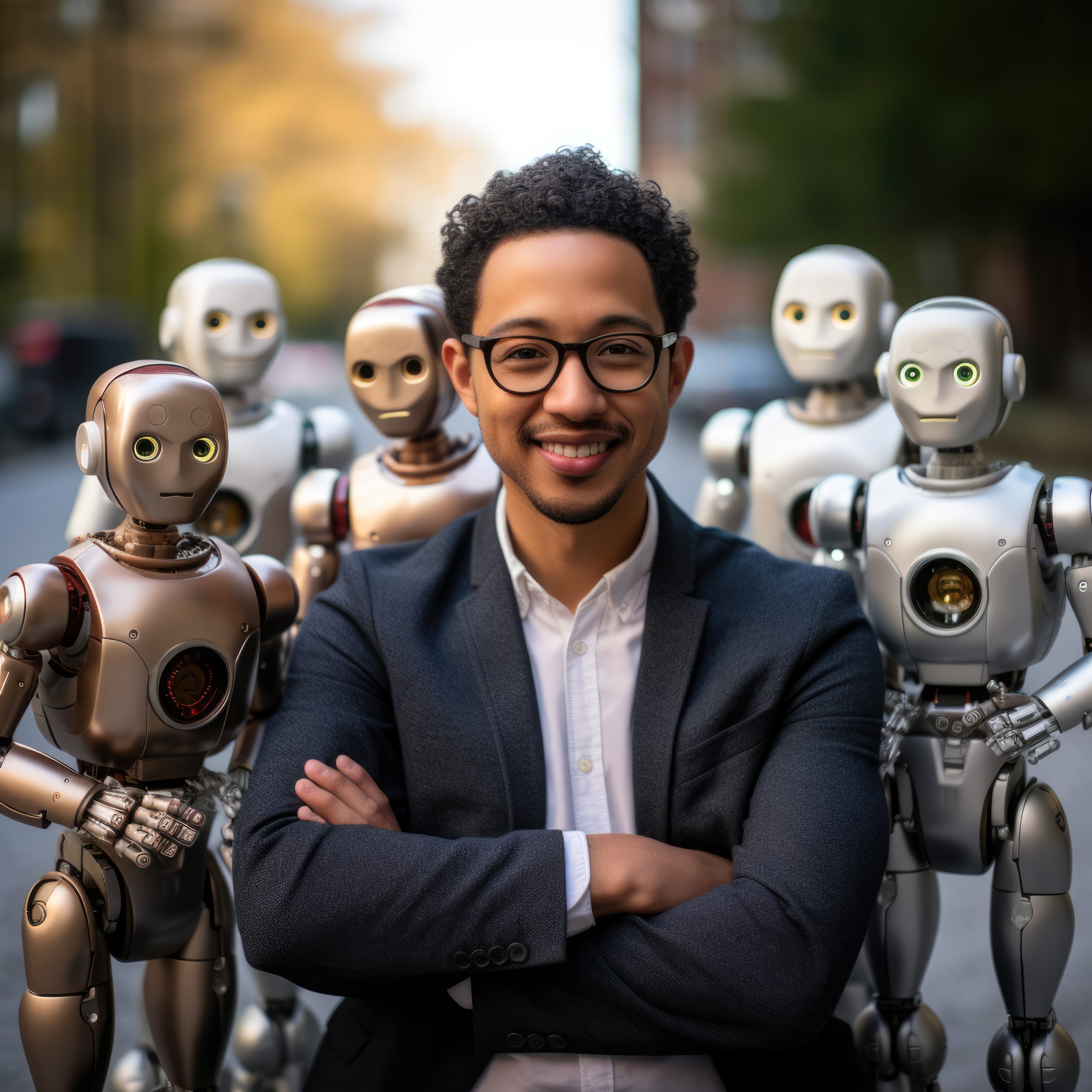The AI Skills Gap — Building Workforce Competencies for an Automated Future
White Paper: The AI Skills Gap — Building Workforce Competencies for an Automated Future
Executive Summary
Artificial Intelligence (AI) is rapidly transforming the global economy — reshaping industries, redefining job roles, and challenging traditional workforce models. As automation accelerates, the gap between technological advancement and human capability continues to widen. This “AI Skills Gap” poses a critical question for organizations: how can they prepare their people for an increasingly automated future?
This paper explores the evolving skill landscape in an AI-driven world, identifies emerging competencies, and proposes strategic interventions for governments, businesses, and educational institutions to future-proof the workforce.
1. Understanding the AI Skills Gap
The AI revolution is not just about machines replacing humans; it’s about humans learning to work with machines. Yet, data from the World Economic Forum (2025) indicates that over 40% of workers globally will need reskilling within the next five years, as AI automates routine and cognitive tasks alike.
This widening AI skills gap can be attributed to three main factors:
-
Rapid technological evolution outpacing traditional education and training models.
-
Underinvestment in reskilling and talent transformation within organizations.
-
Unequal access to digital infrastructure and learning opportunities, particularly in emerging economies.
If left unaddressed, this gap could deepen inequality, stunt innovation, and hinder global competitiveness.
2. The New Competency Landscape
AI is creating demand for a unique blend of technical, analytical, and human-centric skills. The future-ready workforce will not only need to understand AI but also know how to leverage it for value creation.
Key Competencies for the AI Era:
-
AI Literacy: Understanding the fundamentals of AI systems, data analytics, and machine learning.
-
Data Fluency: Ability to interpret, visualize, and use data-driven insights for decision-making.
-
Digital Ethics and Governance: Awareness of responsible AI use, bias mitigation, and data privacy.
-
Complex Problem Solving: Navigating ambiguity and finding innovative solutions alongside AI systems.
-
Emotional Intelligence and Adaptability: Managing change and leading with empathy in technology-integrated environments.
As automation takes over repetitive tasks, soft skills become a strategic differentiator — creativity, critical thinking, and collaboration will define the next generation of leaders.
3. Bridging the AI Skills Gap
To close the gap, organizations must move from reactive upskilling to proactive capability building. H.G&W identifies three key pillars for effective workforce transformation:
A. Reimagine Learning and Development
Traditional training programs are no longer sufficient. Organizations should embed continuous, modular learning systems that allow employees to reskill on demand.
-
Deploy AI-powered learning platforms for personalized training.
-
Encourage cross-functional learning paths between technical and human skills.
-
Promote microlearning for real-time application and retention.
B. Build an AI-Ready Culture
Beyond tools, organizations need mindset shifts. Leadership must foster a culture where experimentation and data-driven innovation are encouraged.
-
Develop AI champions across departments.
-
Integrate AI governance frameworks to ensure ethical deployment.
-
Recognize and reward adaptive learning behaviors.
C. Strengthen Partnerships Across Ecosystems
Governments, businesses, and educational institutions must collaborate to ensure inclusive access to AI learning resources.
-
Co-create public–private training initiatives.
-
Embed AI curriculum in formal education systems.
-
Support community-based digital literacy programs to bridge socioeconomic divides.
4. Implications for Business Leaders
The AI skills gap is not merely a talent issue — it’s a strategic business risk. Organizations that fail to adapt may lose market relevance. Leaders should:
-
Conduct skills audits to identify future-critical gaps.
-
Invest in AI capability roadmaps aligned with business strategy.
-
Create multi-tiered talent pipelines — from interns to executives — skilled in AI collaboration.
In short, reskilling is no longer a choice; it’s a competitive necessity.
5. The Way Forward
The future of work will be defined not by the rise of AI, but by the rise of AI-empowered humans. Businesses that act decisively today — investing in people as much as technology — will lead tomorrow’s innovation economy.
At H.G&W, we believe the journey toward an automated future begins with strategic foresight, inclusive capability building, and human-centered transformation.
Conclusion
Bridging the AI skills gap demands a global rethinking of how we learn, work, and lead. The goal isn’t to outcompete machines but to amplify human potential through technology. The organizations that thrive will be those that understand — and invest in — the unique synergy between AI and the human mind.











Leave a Reply